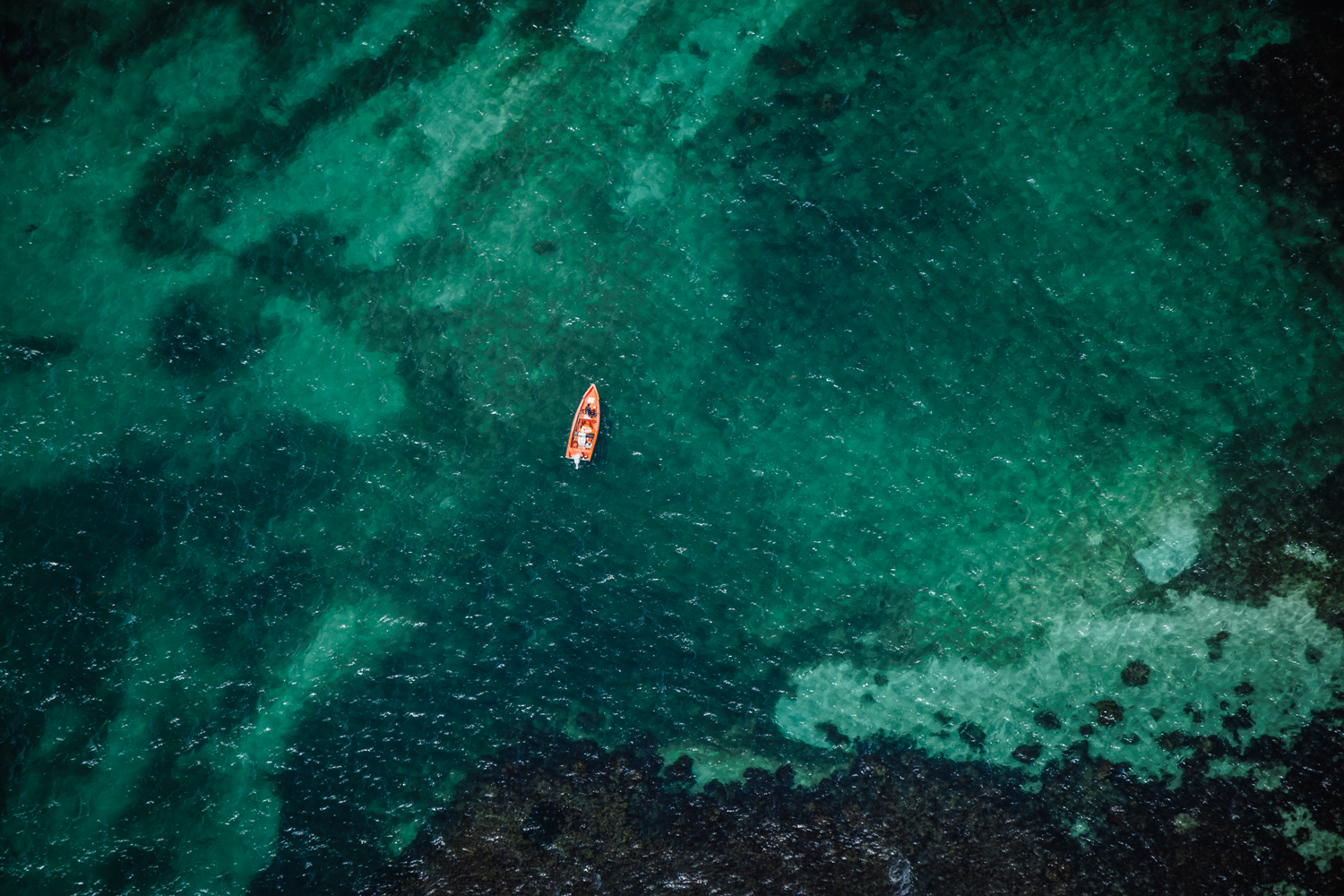Before you go any further...
I've read and accept the Terms of Use and the Privacy Policy.
I accept to receive newsletter and other communications associated with firms of The Explorers Network group'
I accept to receive commercial offers of The Explorers Network partners'.
Thanks!
Vote everyday for your favorite content
SENSITIVE CONTENT
This media contains sensitive content which some people may find disturbing or offensive.
You must be 15 years of age or older to view sensitive content.
Log inBirthday
Content being validated
THE EXPLORERS +
Watch our premium movies
The Explorers + is our premium movie catalog in Ultra High Definition (HD/4K/8K)! Hundreds of videos already available and daily new content on all your devices (web, mobile, tablets, smart TV).
Post content (photo or video) and get 1-month free
OR
Subscribe and support The Explorers Foundation's field actions for biodiversity.

Content being validated
Three major marine ecosystems
1
0
Martinique has three major marine ecosystems that are all undergoing a slow but continuous degradation: seagrass beds, mangroves, and coral reefs. It has a total of 294 square miles (473 km²) of reefs and lagoons, 12.4 square miles (20 km²) of mangroves, and 24.8 square miles (40 km²) of seagrass beds. Constructed reefs extend over a length of about 43 miles (70 km) and an area of less than 124 square miles (200 km²). They are completely absent from the northwest coast of the island, where coral populations are, however, present from a depth of 32 ft (10 m). Seagrass beds and mangroves are less abundant there than on the eastern coast. The fringing reef is mostly developed on the southern and eastern shores of Martinique, while the barrier reef, of more algal than coral origin, is installed on the Atlantic coast and the non-bioconstructive coral beds are located near the very steep shores of the Caribbean coast, west of the island.
Related content

Médias en cours d’exploration

